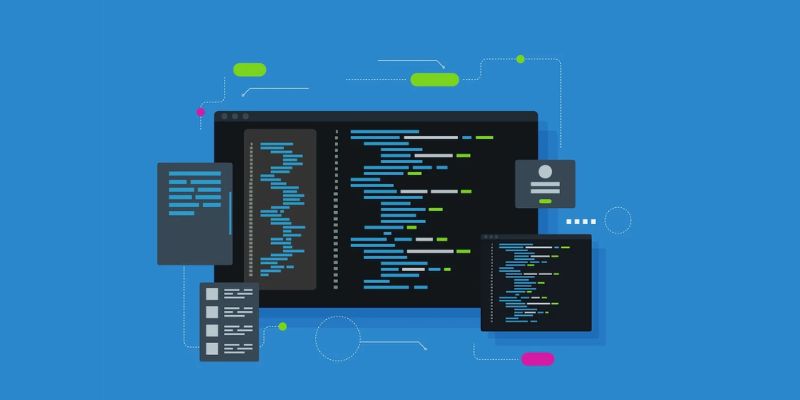APIs allow different software systems to communicate with each other, enabling functionalities like accessing web services, retrieving data from remote servers, and integrating with third-party applications. Python’s rich ecosystem of libraries, such as requests and json, simplifies the process of interacting with APIs. In this blog, we’ll explore ten practical tips that will improve your API handling skills in Python, ensuring you can efficiently and effectively work with external data sources. Are you looking to advance your career in Python? Get started today with the Python Training in Chennai from FITA Academy!
1. Understand the Basics of HTTP Methods
Before diving into API integration, it’s crucial to understand the basic HTTP methods: GET, POST, PUT, DELETE, and PATCH. These methods define the type of operation you’re performing when making a request to an API. For instance, GET retrieves data, POST submits data, PUT updates data, DELETE removes data, and PATCH partially updates data. Knowing these methods helps you correctly interact with APIs.
2. Utilize the requests Library
The requests library is the go-to tool for making HTTP requests in Python. It provides a simple and intuitive interface for sending HTTP requests and handling responses. To install requests, use the following command:
pip install requests
Here’s a basic example of using requests to make a GET request:
import requests response = requests.get(‘https://api.example.com/data’) print(response.json())
3. Handle API Authentication
Many APIs require authentication to access their endpoints. Common methods include API keys, OAuth, and JWT tokens. Ensure you understand the authentication mechanism of the API you’re working with and include the necessary headers or parameters in your requests. For example, using an API key:
headers = {‘Authorization’: ‘Bearer YOUR_API_KEY’} response = requests.get(‘https://api.example.com/protected’, headers=headers)
4. Manage Query Parameters and Headers
APIs often require query parameters and headers to customize requests. Use the params and headers arguments in requests to include these elements. For example, to pass query parameters:
params = {‘query’: ‘python’, ‘page’: 2} response = requests.get(‘https://api.example.com/search’, params=params)
5. Handle Response Status Codes
Always check the status code of the API response to ensure the request was successful. The requests library provides an easy way to do this:
if response.status_code == 200: print(‘Success!’) else: print(‘Failed:’, response.status_code)
Handling status codes appropriately helps you manage errors and debug issues effectively.
6. Parse JSON Responses
APIs commonly return data in JSON format. Use the json method in requests to parse JSON responses:
data = response.json() print(data[‘key’])
Understanding how to navigate and manipulate JSON data is essential for working with APIs.
7. Implement Error Handling
Robust error handling ensures your application can gracefully handle unexpected issues. Use try-except blocks to catch exceptions and provide meaningful error messages:
try: response = requests.get(‘https://api.example.com/data’) response.raise_for_status() data = response.json() except requests.exceptions.HTTPError as err: print(‘HTTP error occurred:’, err) except Exception as err: print(‘Other error occurred:’, err)
Learn all the Python techniques and Become a Python developer Expert. Enroll in our Python Training in Chennai.
8. Rate Limiting and Throttling
APIs often enforce rate limits to prevent abuse. Be aware of the rate limits of the API you’re using and implement throttling mechanisms if necessary. The time library can help you pause execution between requests:
import time time.sleep(1) # Sleep for 1 second between requests
9. Use Environment Variables for Sensitive Data
Store sensitive information like API keys and tokens in environment variables instead of hardcoding them. Use the os library to access environment variables:
import os api_key = os.getenv(‘API_KEY’)
10. Document Your API Interactions
Maintaining clear and concise documentation of your API interactions is essential for future reference and collaboration. Include details such as endpoints, required parameters, authentication methods, and example requests and responses. Tools like Swagger can help automate API documentation.
Working with APIs in Python opens up a world of possibilities for integrating external data and services into your applications. By understanding the basics of HTTP methods, utilizing the requests library, handling authentication, managing query parameters and headers, and implementing robust error handling, you can efficiently and effectively work with APIs. Additionally, being mindful of rate limits, using environment variables for sensitive data, and documenting your API interactions will ensure a smooth and secure development process. With these ten essential tips, you’ll be well-equipped to leverage the power of APIs in your Python projects. Looking for a career as a python developer? Enroll in this professional Programming Languages Institutes in Chennai and learn from experts about Important Programming Basics in Python, Loops, Control Statements, Functions, Modules and Packages in Python.

